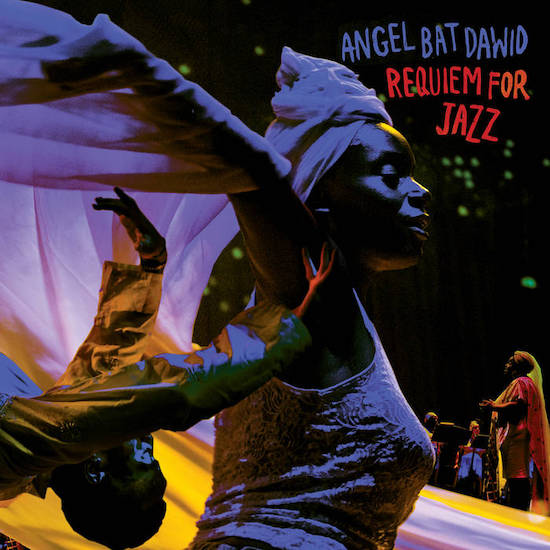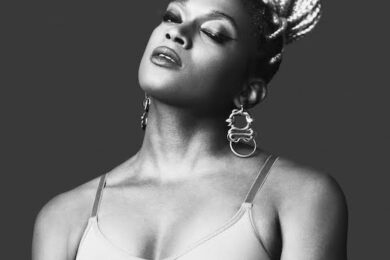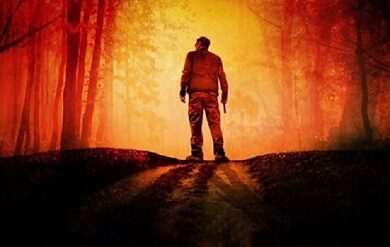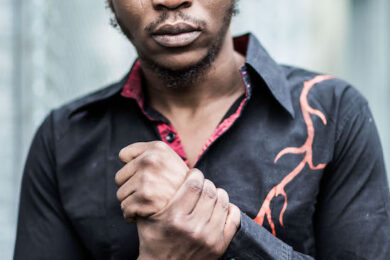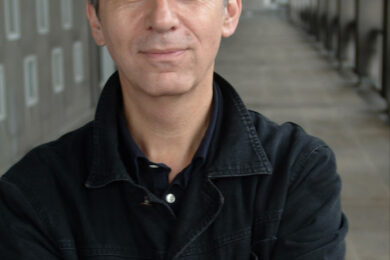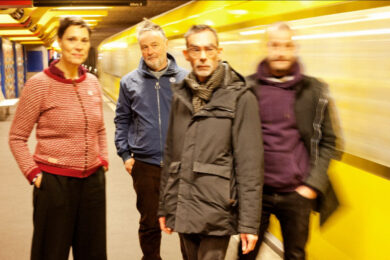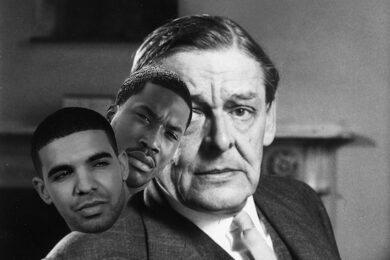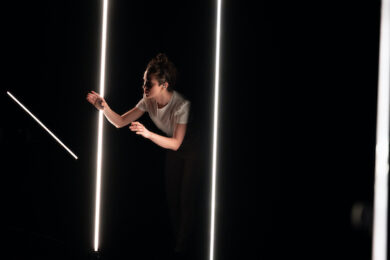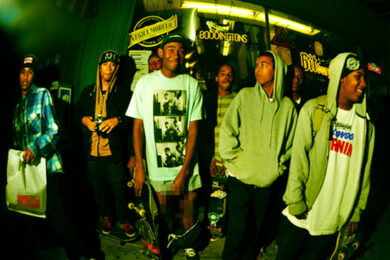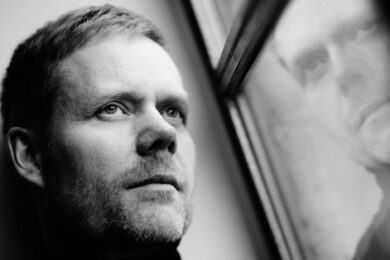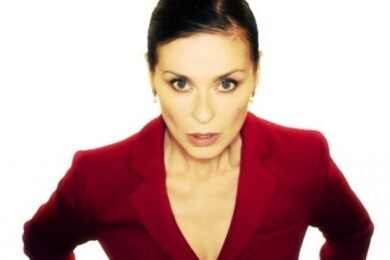Jazz is dead. This proclamation from Edward Osmund Bland’s documentary The Cry Of Jazz was proven right time and time again over the past seven decades. Released in 1959 – the same year as Miles Davis’s Kind Of Blue, the definitive album in the collection of every middle-aged white audiophile – the film reads like an authentic manifesto of jazz, drawing parallels between the life of Black people in the USA and the art that rose from their struggles, steadfast resistance, and defiant joy in the face of dehumanisation and erasure.
As Bland predicted, noticing the whitewashing crest of cool jazz, early styles of the genre have since become stagnant and canonised to suit the palates of white audiences, while the suffering of Black people was surgically removed from the music. Ruled by strict form and rhythm changes, jazz had become “a monument to the Negro that was meant to die”. For Black Americans to free themselves from the restraints of a hostile society and for the spirit of jazz to survive, its body had to perish.
Although jazz might be dead, its spirit is stronger than ever, as manifested by Chicago composer Angel Bat Dawid’s Requiem For Jazz and encapsulated in her exuberant mid-album exclamation: “I am the promise! Everyone on this stage is the promise!” More than just a revisiting of themes found in Bland’s film, Dawid’s new work reframes its ideas in both historical and contemporary contexts, then looks brightly to the future.
Originally commissioned for the 2019 Hyde Park Jazz Festival in Chicago, Requiem is a suite in twelve movements for a fifteen-strong orchestra, four-voice choir (including members of Damon Locks’s Black Monument Ensemble), dancers, and visual artists. The individual pieces, recorded live and crafted around sequences from the Requiem Mass, are glued together into a generational, overarching narrative by exquisite voice, clarinet and electronics miniatures.
Like in the past, Dawid’s music overflows beyond the confines of its medium. Captured and produced on her cellphone, 2019’s The Oracle was a sonic diary that followed the composer’s geographical and ancestral explorations, blurring the lines between everyday experiences, spiritual practices, and recorded art. Requiem is similarly vital and boundless, but the bridges it builds are temporal, reflecting on jazz’s history and its contemporary shapes.
Throughout the main movements, Dawid’s compositional touch leans toward powerful spiritual statements, centred around poignant vocal lines and underscored with triumphant brass blowouts and fervent piano rolls. On ‘KYRIE ELEISON- Lawd Hav’ Merci’, a tenor’s soaring a cappella is accompanied only by the rhythmic stomping of feet. Later, ‘DIAS IRE- Chain Around the Spirit’ achieves a sensation of ecstasy through the plaintive wail of strings and an enraptured invocation, while the atmosphere of smokey blues on ‘TUBA MIRUM- The Changes’ buckles under the weighty bellow of flutes and trumpets.
The live recordings feel raw and vibrant, capturing the energy of the performance, the power of the music, and the subtlety of emotion such as on the gorgeous, understated piano and voice recital ‘LACRIMOSA- Weeping our Lady of Sorrow’. Meanwhile, the vignettes that appear between movements – named after quotes from The Cry Of Jazz – harken back to Dawid’s experience as a hip-hop producer and reveal her electronically-inclined side. Within these pieces, she collages clarinet licks, thumping beats, claps, vocoder-distorted voice, sleazy synth swirls, noise bursts, and a myriad of other effects. Each of these segments also samples the main movements, allowing the transitions between them to be seamless and fluid, as if they were always meant to be there.
In line with the spirit of jazz and liberation that guide the album, its ending establishes a lasting connection between the past, present, and future. ‘LUX AETERNA – Eternal Light (Angel Bat Dawid) / My Rhapsody (Severson-Leist)’ brings the past and the present together in a single point by reworking a cut that appeared on The Cry Of Jazz and featuring contributions from Sun Ra collaborators Marshall Allen and Knoel Scott. Ultimately, ‘Long Tone for Rayna Golding (A Binti Zawadi our Future)’ looks ahead. Dawid unites her ensemble in a sustained tone, a mantra of sorts, that shines the way for the next generation, embodied here in Black Monument Ensemble’s young vocalist Rayna Golding. It’s a touching and hopeful moment to end a magnificent album. “Through Spirituals, through the Blues, then through Jazz we made a memory of our past and a promise of all to come.”

